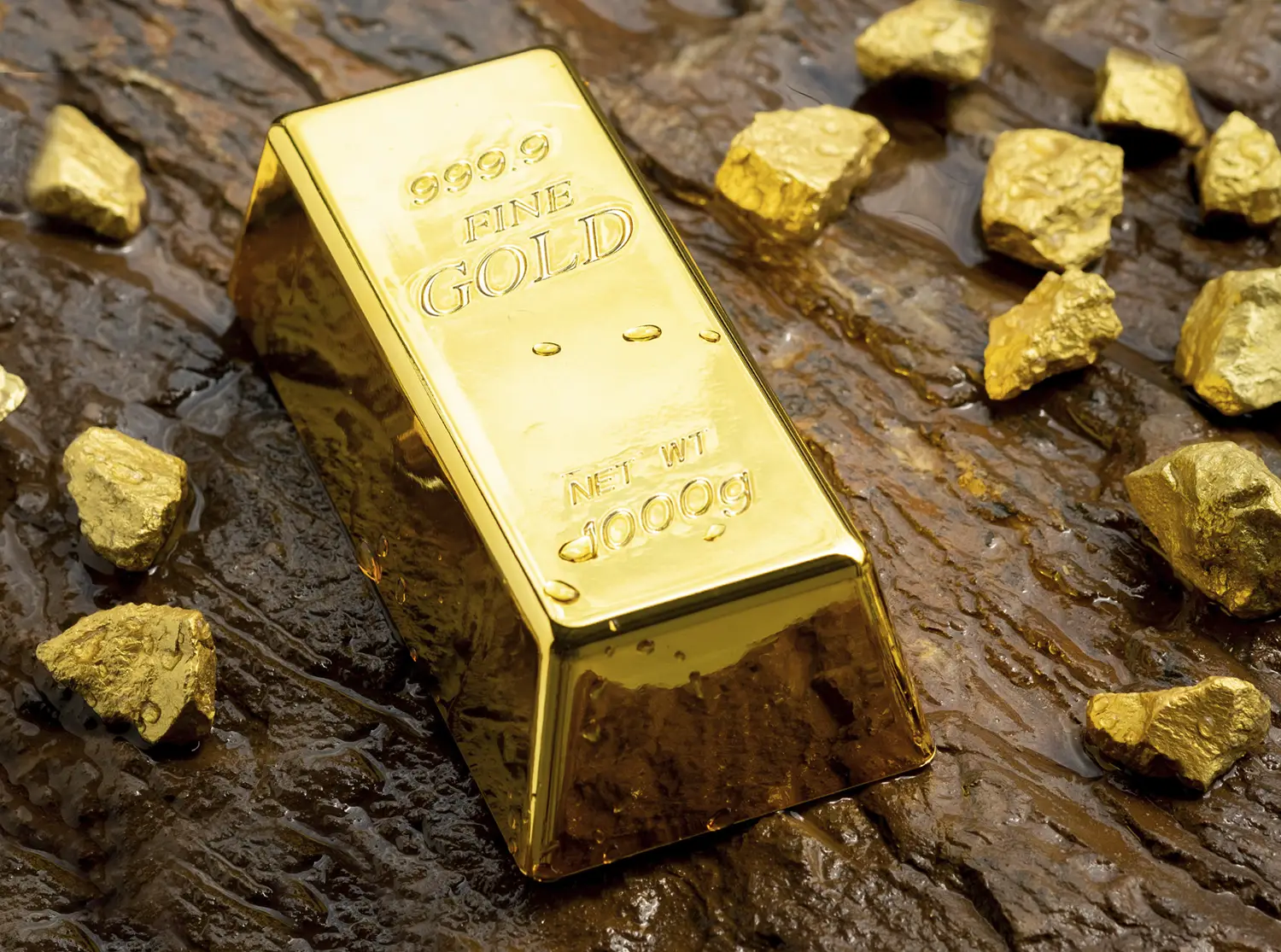Gold prices traded close to a two-month low in the middle of this month, impacted by a strengthening American dollar and geopolitical tensions subsiding after the U.S. presidential elections.
The decline followed a period when bullion prices neared their record high of over $2,700 per ounce just before November 5, when the 2024 United States elections were held. The drop in gold’s value can be connected with the unpredictable outcome of the political race, as the candidates were going toe-to-toe in the days preceding the vote.
The forthcoming economic strategies of Donald Trump, a Republican candidate who defeated Democrat Kamala Harris, are predicted to cause inflation. The newly elected president expressed plans to impose tariffs and reduce taxes once he steps into power in January 2025. These measures might lead to a more cautious approach by the U.S. Federal Reserve regarding lowering interest rates.
Although a 25-basis points U.S. rate drop remains a strong possibility in the last month of the year, inflationary trends resulting from tariff policies could slow the Federal Reserve’s dynamics for additional rate adjustments. Such developments may weigh down on gold prices unless unpredictable global political and economic factors boost them.

Gold prices were increased multiple times in 2024, building on a trend that began in late 2023. It was caused by gold’s reputation as a safe investment, especially amid the ongoing conflicts in Ukraine and the Middle East. Wars have always created unstable conditions, and the current situation is not different. Sudden escalations could lead to even greater uncertainty, increasing the appeal of gold as a reliable asset.
After the U.S. presidential election results were announced, gold prices saw a slight decline of 0.16%, settling at USD 2,562.81 per ounce on November 15, 2024. Analysts say that this decrease was quite predictable: value might drop as low as USD $2,300 per ounce, but the long-term expectation still points to a potential rise to USD $3,700.
Gold prices went up in 2024 due to several factors, including ongoing global instability and the falling U.S. interest rates. Since gold does’t yield interest or dividends, it is considered more appealing when interest rates are low.
However, the rise in the U.S. dollar compared to other currencies, like the euro and pound, has pushed gold prices lower. A stronger dollar makes this precious metal more expensive for overseas investors as gold is valued in U.S. dollars.






































